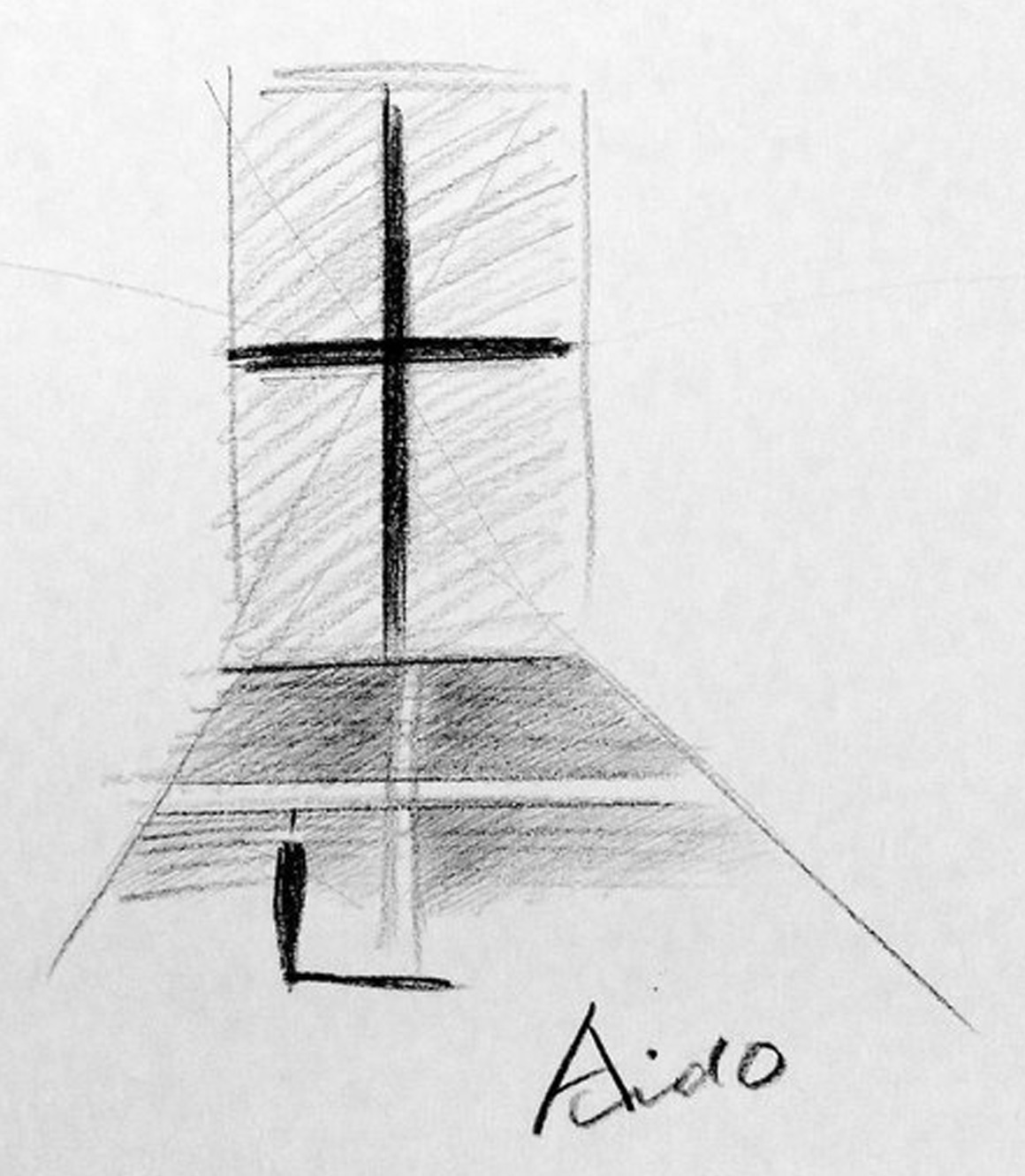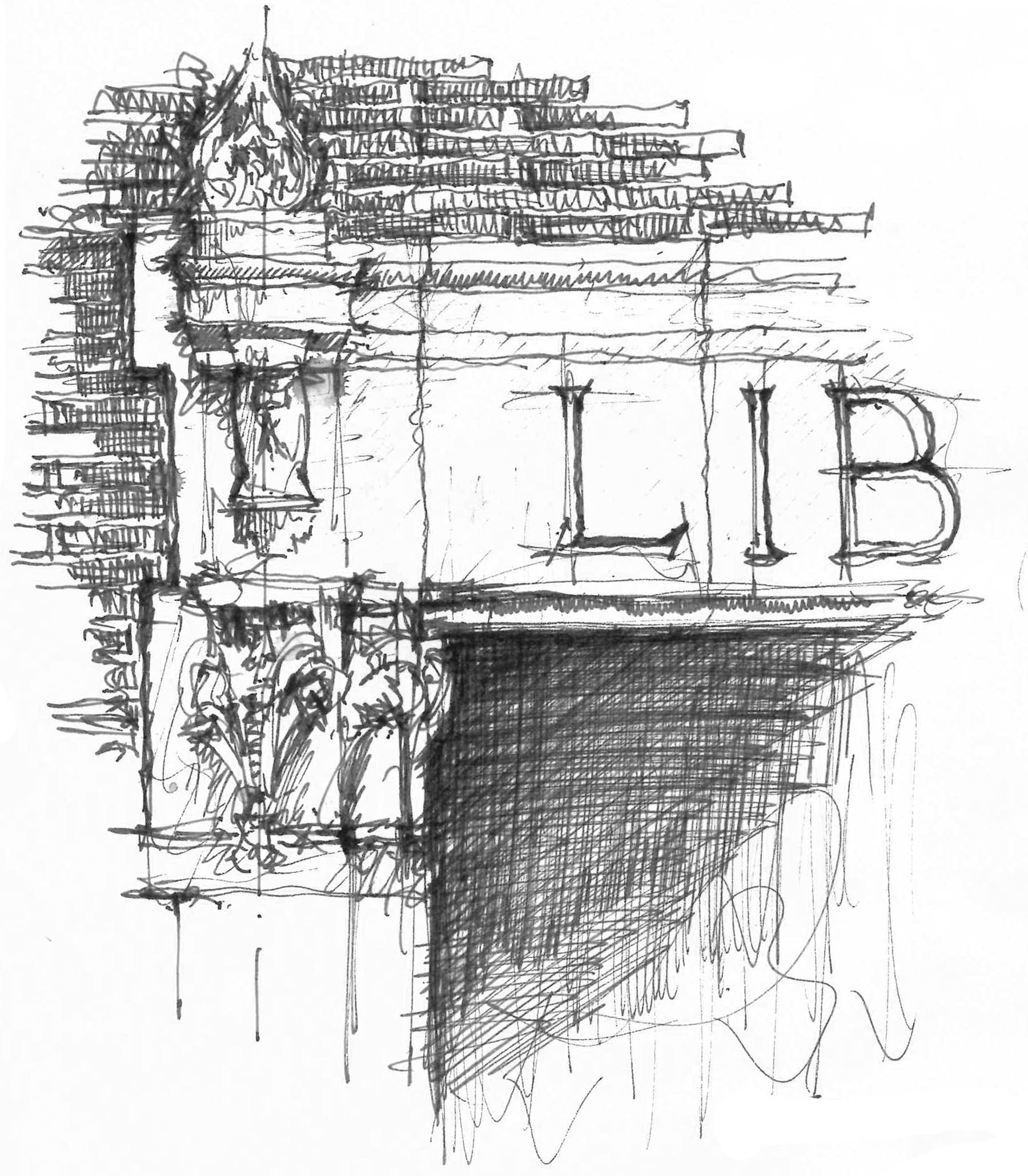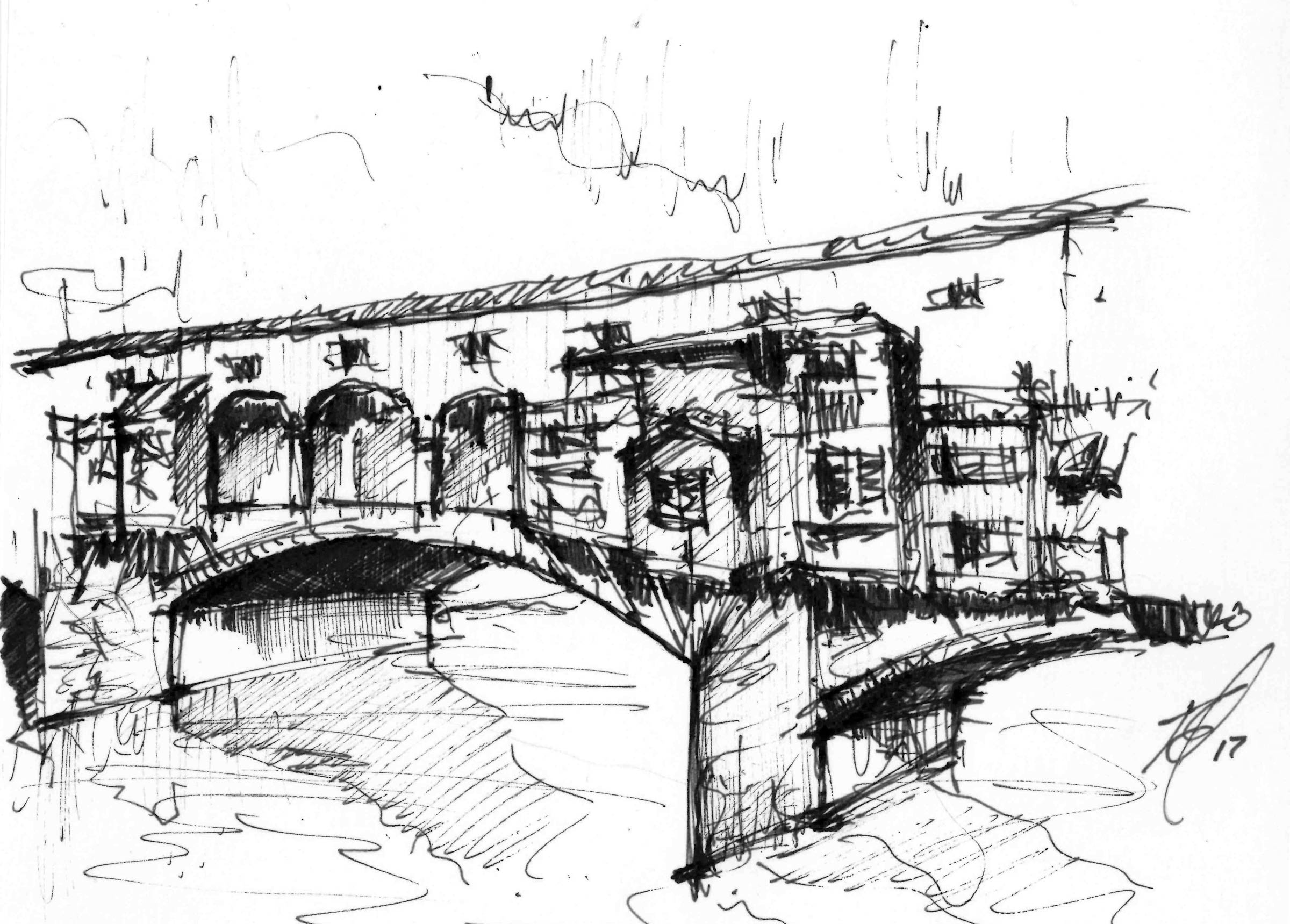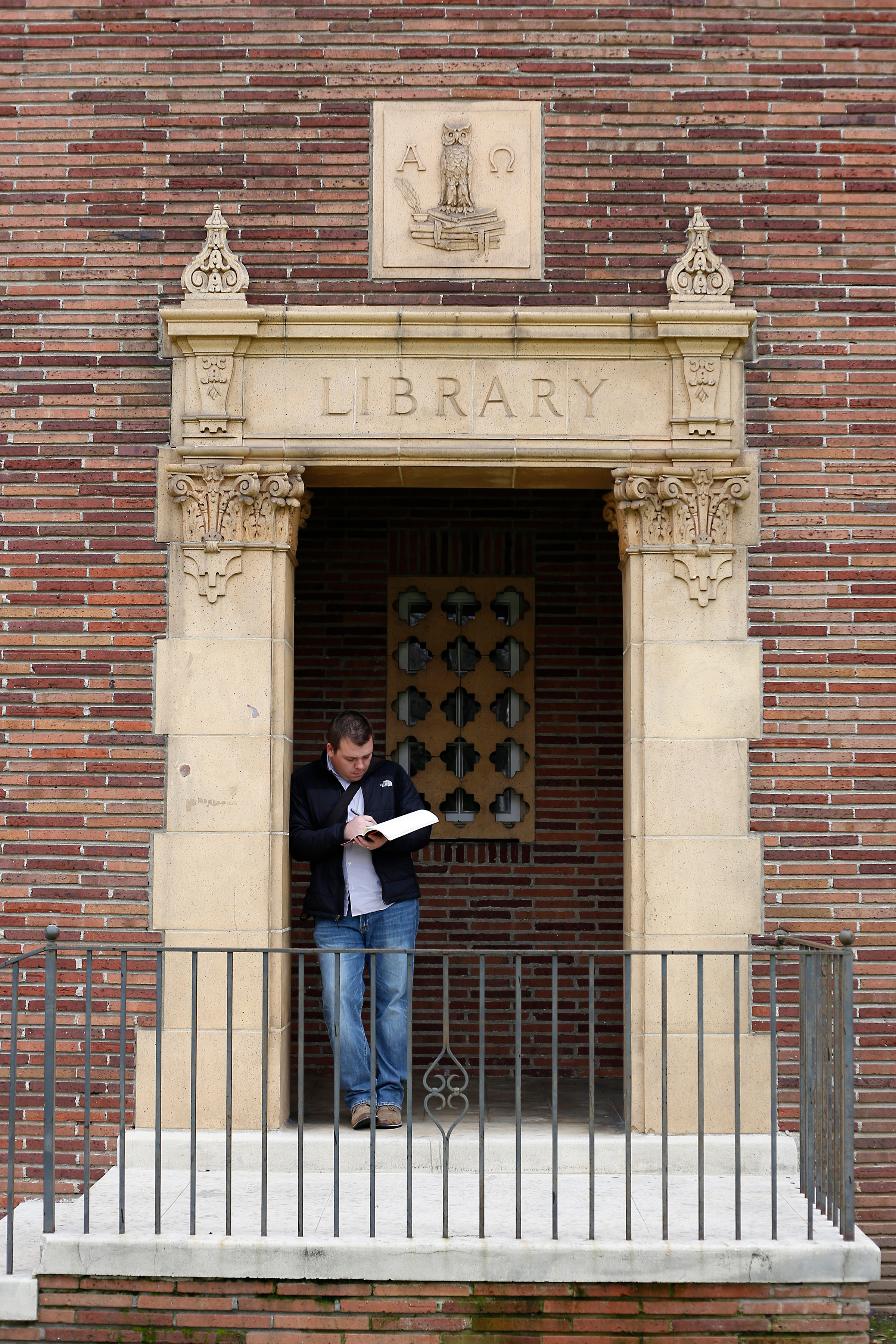The lost art of sketching / architectural model making Part 1
Brian Lefholz
March 30, 2018
Sketch by Brian Lefholz
The (almost) Lost Art of the Sketch
Communicating a thought in pictures dates back as far as 30,000 years, give or take a few. A mere 600 years ago, The Renaissance started a love affair with drawing, sculpture and architecture and that explosion of interest and appreciation has not been equaled since. Most likely, it never will. But as artists, designers and architects, we continue to ignore that possibility; ever optimistic about a resurgence of craft and the future of art.
Sketch by Brian Lefholz
Pure and Simple
Art is a broad stroke of a word that takes many forms. Musicians communicate through just seven basic notes, composing melodies and symphonies for the ages. Artists use seven colors to create their masterpieces. Both arrange individual elements into works of art that have far greater impact collectively.
We, as architects and designers, communicate using just one basic element as well – the line. The art lies in how these lines are arranged and composed into sketches, translating ideas from vision to reality.
This is perhaps what I enjoy most about this (almost) lost art of sketching. It is not polished. It is not exact. It is not a down to the last detail, exact depiction of what a space will look like. It can be crude. It can be minimal or complex.
But regardless of style or complexity, it conveys intent; capturing a moment in time or communicating an idea. Some of the most powerful drawings are few simple strokes. Some of the most beautiful have thousands of well composed, individual strokes.
But the last few years, there has been a move away from putting pen to paper.
 Sketch by Tadao Ando
Sketch by Tadao Ando
Drawing the Line
I understand our industry has changed and will continue to move toward new visualization technology. These tools will push the boundaries of real versus rendering. For better or worse, we ebb and flow with these currents and remain flexible in our approach. But that does not mean we have to like it.
I’m on the fence, really. Both approaches have their merits, time and place. I enjoy the tangibility of a sketch on paper, the same way I enjoy anything that allows me a direct link to the artist who created the work. It speaks of its maker and carries a lifetime of craft, skill and passion translated into art.
The Lost is Found
The idea of “craft” seems to have made comeback in recent years. Craft beers and single cup drip coffee; one-off custom furniture; art produced locally; the farm-to-fork movement. Perhaps our current age of automation and instant access to almost anything has left people searching for something more; something with a soul. I hope so. I hope those people who study; who work to perfect a passion; who spend their time creating images from single lines continue to find fulfilment in their pursuits. I certainly will. Defying the odds with a small, but passionate band of likeminded people, we will pursue our (almost) dying art and share it with all who hold onto the wish of a new Renaissance.


